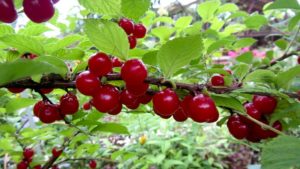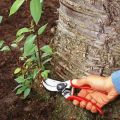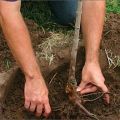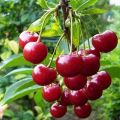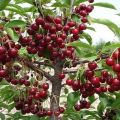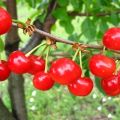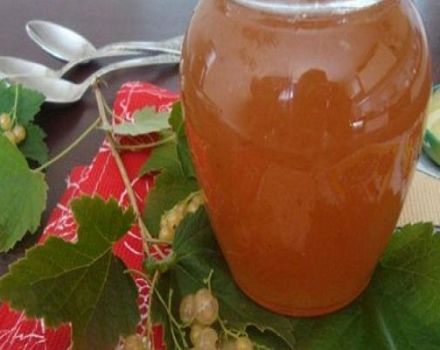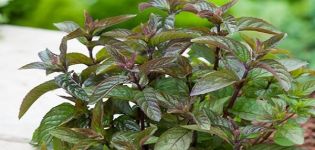Description, advantages and disadvantages of felt cherry Alice, cultivation of varieties and rules of care
Felt cherry varieties Alice are in demand among gardeners in many regions. There are practically no disadvantages of this variety. And those that are, are dashingly covered with the numerous merits of the Alice cherry.
Breeding history
Felt cherry hybrid Alice was bred in 1979 by domestic breeders. The new hybrid was obtained by crossing the cherry varieties Leto, Ogonyok, Damascus and Peschanovoylochnaya.
Description of the variety
Studying the description of the variety of any fruit tree is an important point that needs to be paid attention to before buying a felt cherry variety. Felt cherry Alice belongs to small shrub plants, the height of which does not exceed 1.5 m.
The crown is strongly thickened, it is distinguished by an oval shape and slow growth.
The branches are covered with small tubercles. The leaves are small, elongated oval in shape. The tip of the leaves is pointed, along the edges of the leaf is serrated. The inflorescence reaches 2 mm in diameter. The shade of the petals is light pink, the inflorescences have a pleasant aroma.
Variety characteristics
The characteristics of the tree include frost resistance and resistance to arid climate. Also important characteristics are yield and pest resistance, as well as the flowering period.
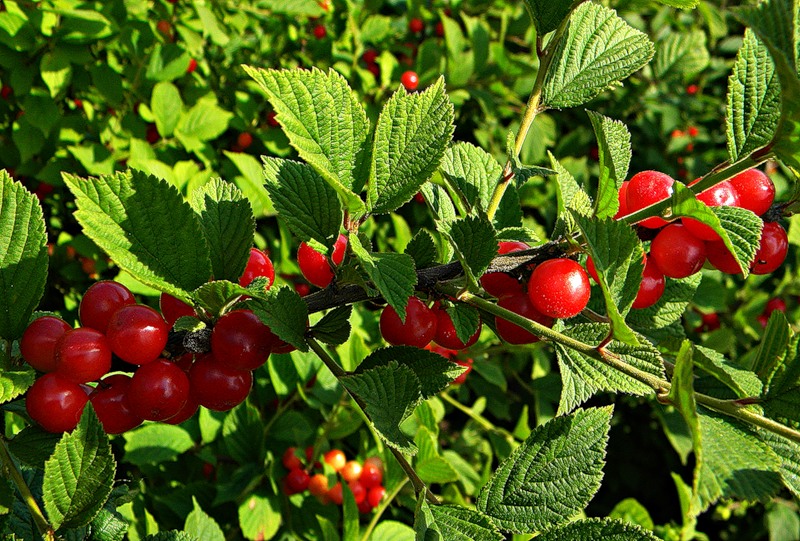
Drought resistance, winter hardiness
The hybrid belongs to drought-resistant varieties that tolerate hot summers. In addition, Alice endures the winter frosts.
Pollination, flowering and ripening times
The tree begins to bloom in mid-May. The variety belongs to the mid-season, since the cherries ripen in the second decade of July. Alice is considered self-fertile hybrids of felt cherry, so other varieties will have to be planted in the garden for pollination.
Productivity and fruiting
Fruiting of the plant begins in the 3-4th year after planting the seedling in a permanent place. The yield is high; up to 9 kg of fruits are harvested from the tree per season. The plant bears fruit annually.
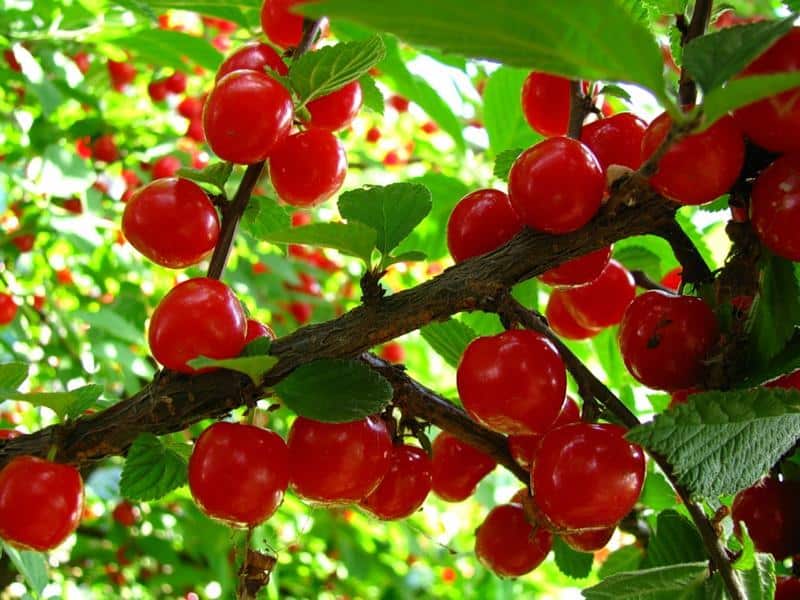
Disease and pest resistance
Differs in immunity to coccomycosis and clasterosporium. Alice is not immune to other diseases of fruit trees. Especially often the tree is sick with moniliosis.
Advantages and disadvantages of the variety
Hybrid advantages:
- Productivity.
- Taste qualities of fruits.
- Resistant to frost and drought.
- Immunity to coccomycosis.
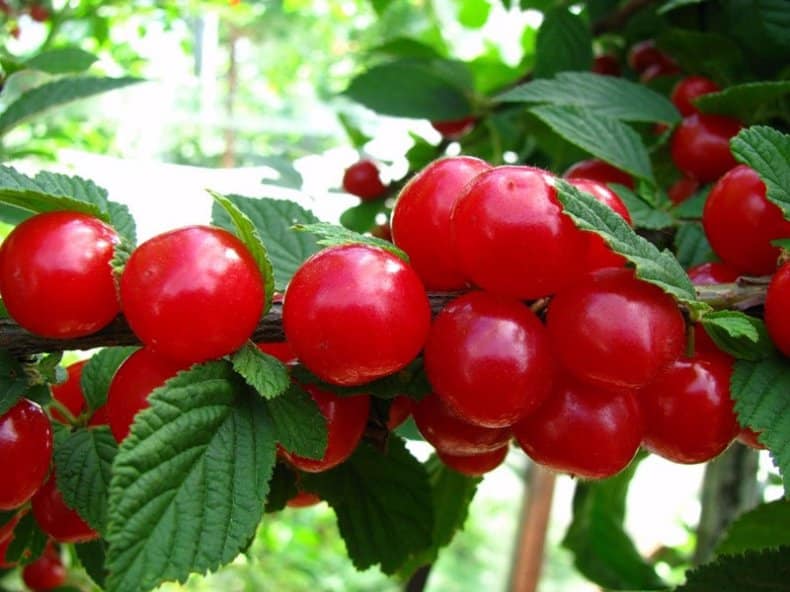
The disadvantages include weak immunity to moniliosis and self-infertility.
Landing features
When planting a seedling, attention is paid to the soil, the place where the cherry will grow, and the technology of planting the seedling.
Landing dates
Cherries are planted in spring and autumn. Planting in spring allows the seedlings to gain strength for winter. Spring seedlings for the next year are already actively growing. Planting in autumn allows the seedlings to take root over the winter. In spring, cherries are planted in mid-April. And in autumn - in early October.
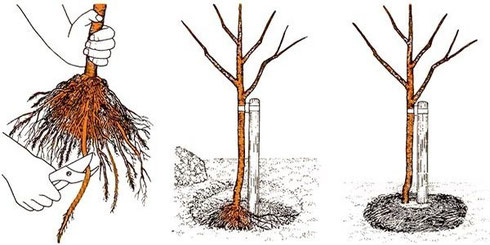
Seat selection
It is worth giving preference to open areas, where the sun's rays fall almost all day. The Alice variety is planted on elevated hills. It is not recommended to plant cherries in the lowlands.
What can and cannot be planted next to a cherry
It is recommended to plant other varieties of felt cherries and sweet cherries next to the Alice hybrid. Greens, garlic, onions and flower plants are also planted. It is not recommended to plant gooseberries, nightshades, walnuts and conifers nearby.
Selection and preparation of planting material
Healthy seedlings without damaged roots and branches are suitable for planting. Before planting, the seedlings are left in the "Kornevin" preparation for several hours. Immediately before planting, the roots are dipped in clay solution.
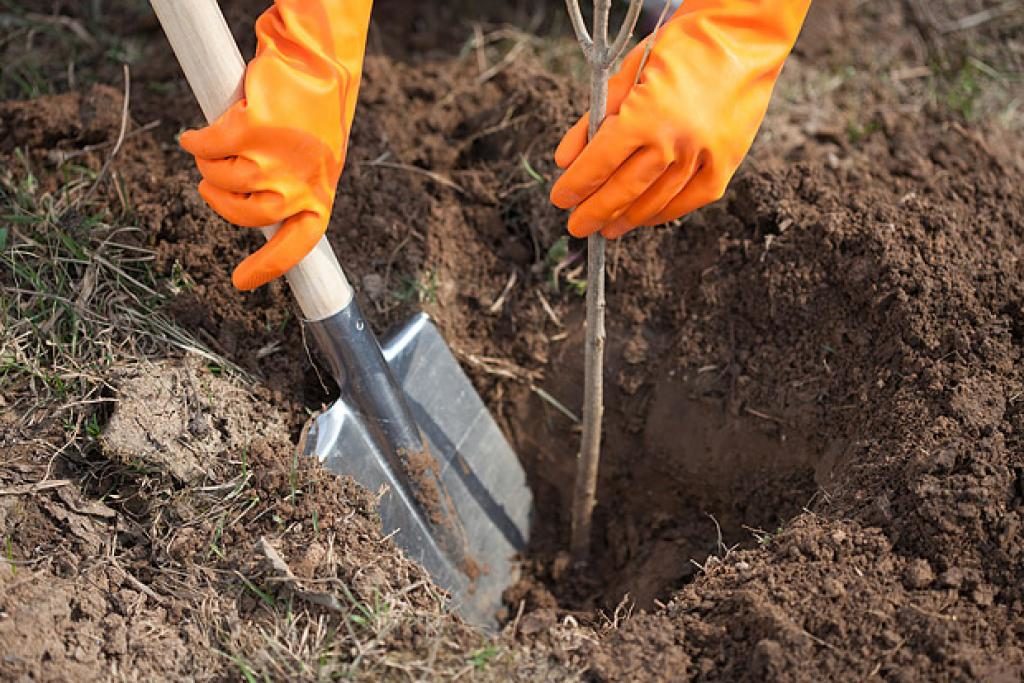
Planting process
Planting process:
- Dig a hole, fill it with manure and wood ash, you can add nitrogen.
- Leave it on for a few weeks.
- Drive a stake into the center.
- Place the seedling in the groove and bury it with soil.
- Bind to stake.
At the end of planting, water the seedling abundantly with warm water.
Care
Care includes feeding, watering, and disease control.
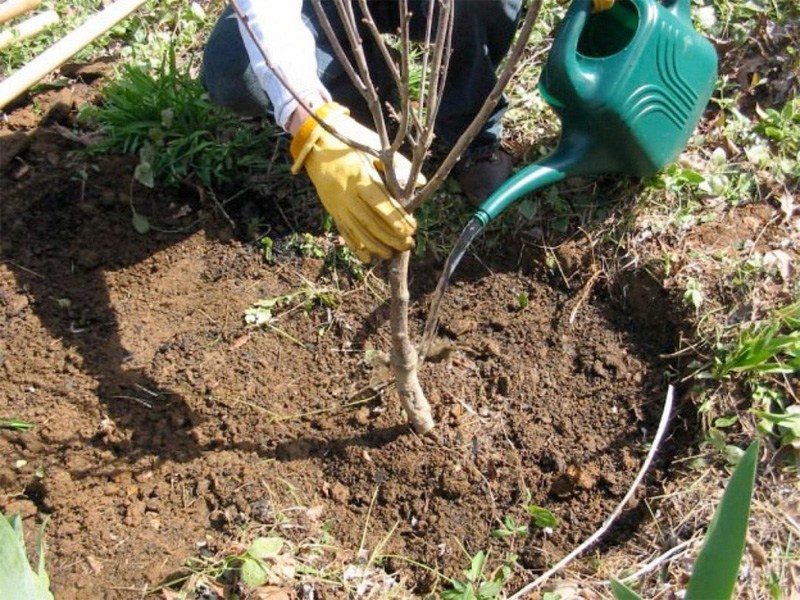
Disease and pest control
Bordeaux liquid, fungicides and biological products are used to combat diseases and pests. Among the popular recipes, the treatment of wood with soapy water is distinguished.
Watering, feeding
Watering the tree:
- The first watering is before bud break.
- Second watering during flowering.
- The third watering is after harvesting.
- The last time the tree is watered before frost.
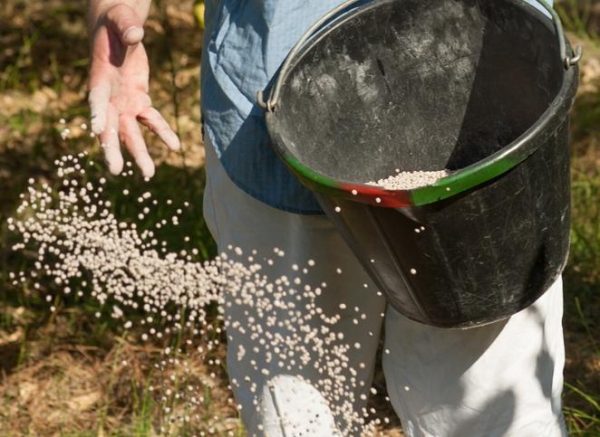
Top dressing is applied at the same time as watering. In the first half of the season, nitrogen is used. In the second half - phosphorus and potassium. In addition, ash, manure, compost are introduced.
Reproduction
The easiest way to reproduce is by seedlings. In addition, felted cherries reproduce by seeds, cuttings and layering. For cuttings, cut 20 cm cuttings with 4 internodes and place them in a growth promoter for 12 hours. After the cuttings are planted in the ground. The seeds are prepared in autumn and planted before winter.
